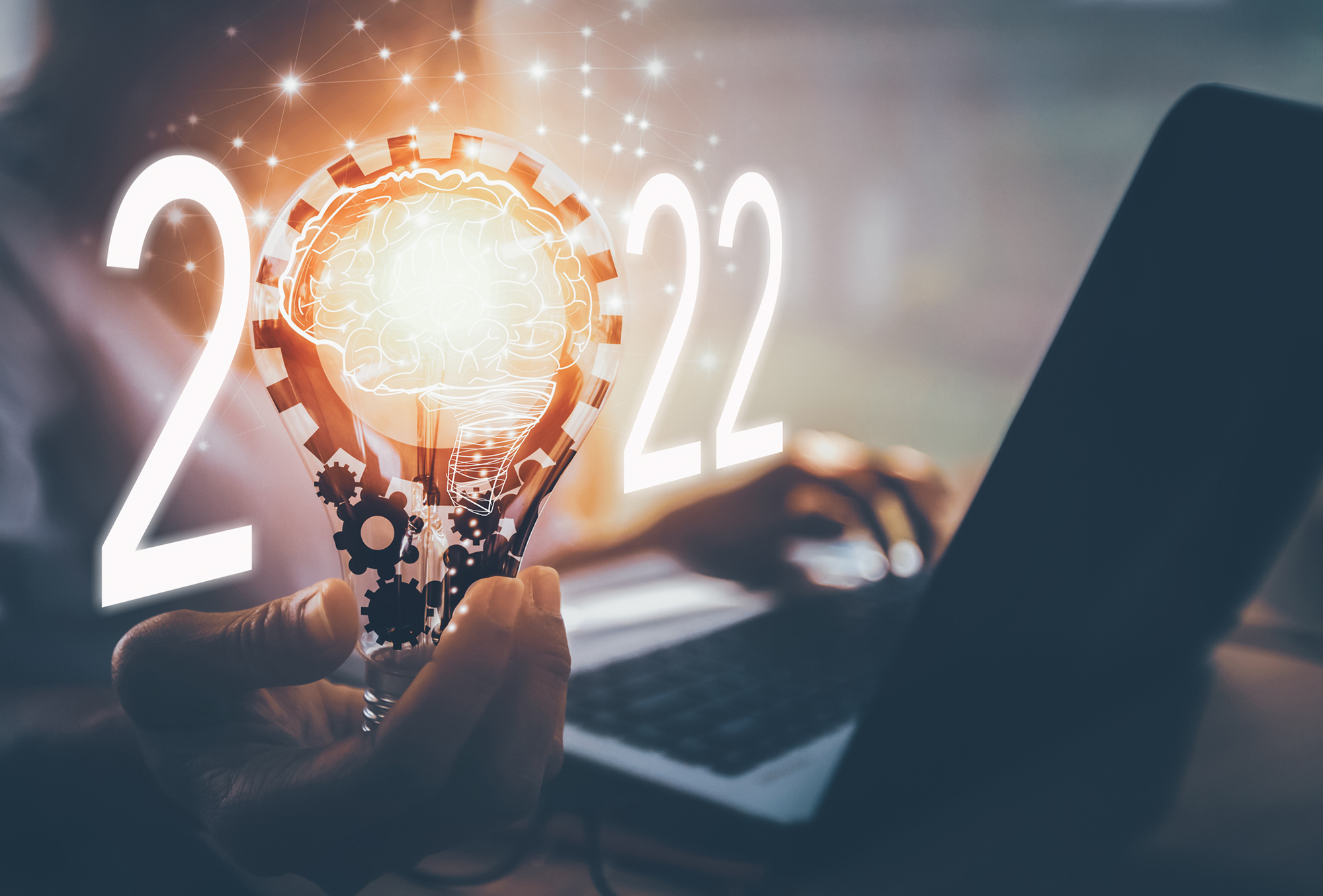- [Press Release] Nexa3D Unveils New Ultrafast Desktop Post-Processing and Three New Resin Materials - November 8, 2023
- [Press Release] Nexa3D Adds TPC to its SLS Materials Portfolio; Introduces QLS 260 Fast Cycle Sintering Platform - November 7, 2023
- [Press Release] Nexa3D Unveils Nexa AI – an Intelligent Software Platform for its XiP Pro Industrial 3D Printer - November 6, 2023
Looming consolidations, hyped automation, unrealized valuations, yet there has never been a better time for the AM industry
by Avi Reichental

It’s been said before, and although we all might be tired of hearing it, it’s true that 2022 will go down as yet another unprecedented year. From the war in Ukraine to global economic crises, and continued supply chain issues, we all certainly had our fair share of challenges and headwinds.
As I reflect on the events that occurred over the last twelve months, all of which have in one way or another shaped this year’s largest industry gathering at Formnext, I am walking away with the following conclusions. Have a read and let me know if you agree or disagree.
- We will see some tectonic industry shifts ahead as many are either brought together or pulled apart through consolidations, mergers, and strategic divestitures. The AM landscape is about to go through some major changes, in some cases these changes will be incremental but in others they will be industry-changing. In either case, more will be revealed in the not so distant future.
- Expedient “green-washing” abounds at a decibel level that is harmful to credibility. A lot has been said about sustainability in our industry but once it’s all said and done, more has been said than done. Actions speak louder than words and we must do better.

- The world doesn’t need anymore 3D printing companies. There are already too many solutions looking for markets. The world can benefit from fewer but better funded solutions that can improve humanity, the planet, and customers’ bottom line.
- The gap between fresh and stale portfolios expands exponentially. It’s truly a tale of two cities. The more established OEMs cannot rest on their laurels. What got you here will not get you where you need to go – and more importantly, not in the time you need to get there.
- Hyped automation aspirations at the sophomoric stage thus far failed to deliver ROI where it counts. We need to find a way to go from incremental upgrades to exponential gains that will finally deliver on the promise of scalability and sustained efficiency gains.
- Collaborations need a disruptive do-over. They are long on announcements, short on traction and win-win profitability. Similar to the topic of sustainability, much has been said but not enough has been done, and therefore the promise of joint value creation has not been realized by most.
- Talent shifting at record levels is accelerating unemployment but also knowledge transfer among OEMs.
- Channel exclusivity is an antiquated concept that will not stand the test of time. It isn’t good for the OEMs or the channel because it’s harmful to customer success and market growth. Winning products and channel mindshare will carry the day.
- Adding disparate products to a portfolio inorganically might add revenue but it comes at the cost of internal and customer confusion. When your portfolio is so vast that your own team can’t tell you where it fits and how to position it chances are your channel and customers are as confused. You can’t give what you don’t have.
- The industry is heavily weighted towards ideas and innovations. Less than a handful of OEMs possess the requisite DNA to go from nailing to scaling convincingly and even fewer figure out how to get to profitable growth.
- Over half of the R&D investments in AM over the past 5 years will never yield a single dollar of ROI for lack of market fit and use cases. We need to quit developing products seeking a problem, and focus on delivering sustainable solutions.
- Many OEMs are doing backflips to present themselves as software companies with software valuations. Reality check, if it’s not in your DNA the credits from acquiring a software business don’t transfer. If it doesn’t help your customer and the more broader ecosystem, it’s not going to fly over meaningful periods.
- Investors should be reminded that technology takes longer to develop than most founders expect. Further, incremental technology could take just as long to develop as exponential technology.
All that said, I truly believe there has never been a better time to be in this industry. The year has pretty much come to a culmination at Formnext, and the vibe at the event was energizing, uplifting, and invigorating. This is an incredible community that is manufacturing a better future for humanity and the planet. I’m honored to be on this journey.
What say you?
